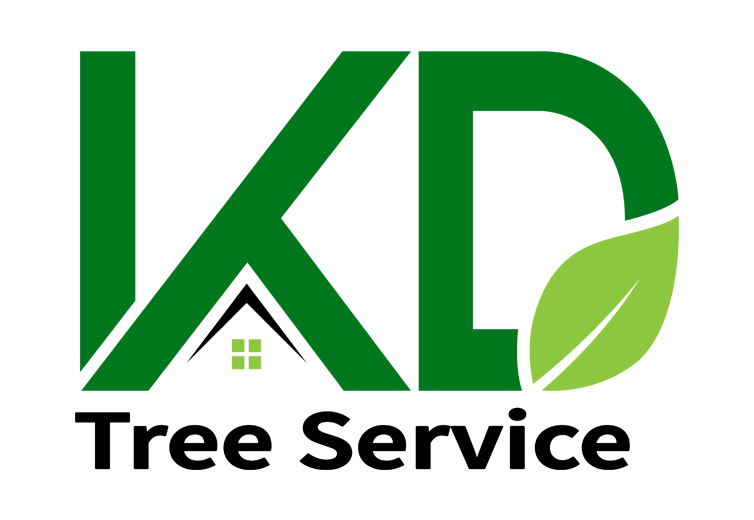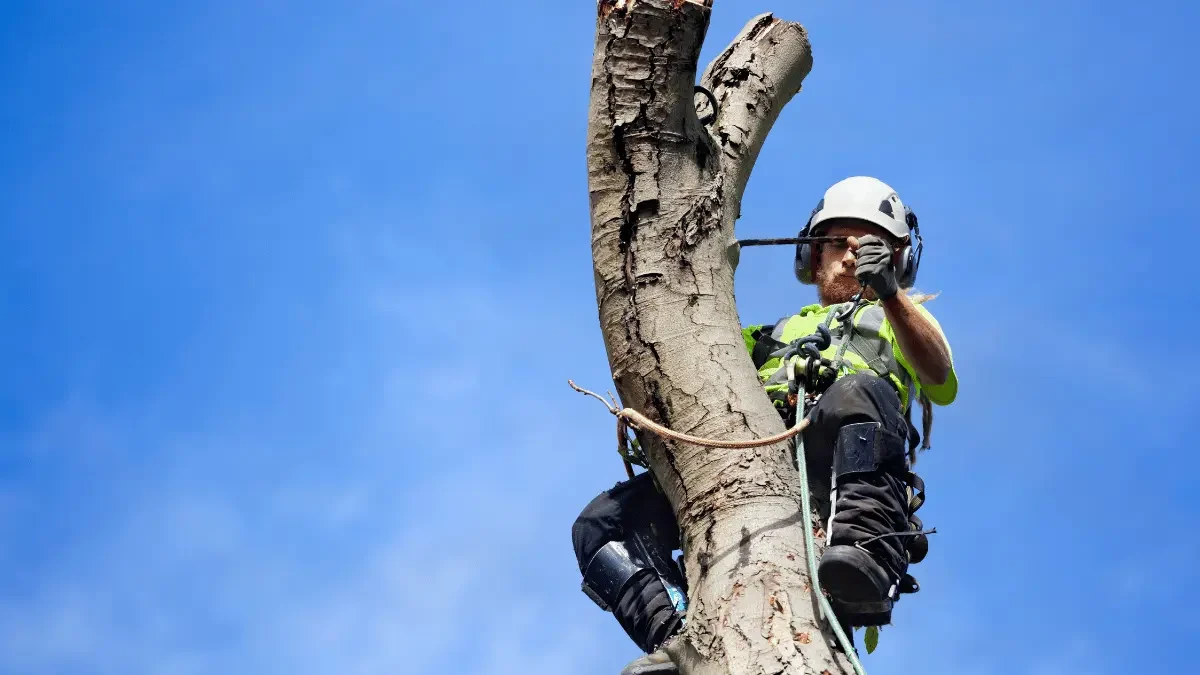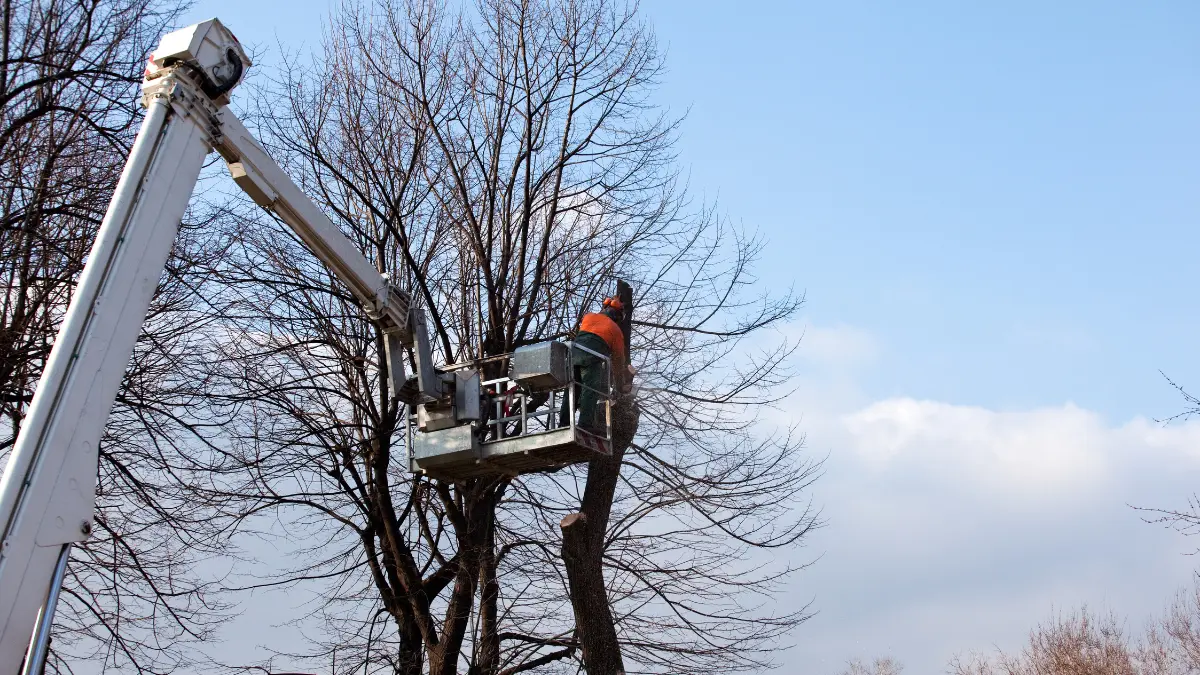Rust diseases are known for the rust-orange color of the fungal bodies that form on infected plants. Some of these colorful fungi need two types of plants to complete their life cycle, while others only need one. Cedar-apple rust alternates between trees such as crabapples and certain junipers known as cedars. This widespread disease transforms breathtaking displays of crabapple fruit and blossoms into ugly displays of deformed apples and orange-mottled leaves.
How to Protect Trees from Pests Erie

Symptoms Of Cedar-Apple Rust
Early warning indications of an impending cedar-apple rust outbreak are given by nearby cedars. The round, brown galls that overwintered on cedar branches sprout fruiting fungal bodies during spring rains. These clear indicators resemble two-inch balls of bright rust-orange tendrils.
Around the middle of July, crabapples begin to exhibit the first signs of cedar-apple rust. On the upper surfaces of leaves, there are distinctive rust-orange-ringed, bright yellow dots. As the summer develops, raised regions on leaf undersides develop spiky, orange-brown fungal growths. Fruits that are infected get deformed and start to show rusty brown patches before developing fungal growths that resemble spikes.
How to protect Erie trees from cedar-apple galls in winter

Control
Separate the Hosts
The easiest way to Prevent Pest Damage to Trees Erie is to keep one host away from the other. The distance that must be maintained between the hosts in order to stop the spread of illness will depend on the prevailing winds.
Gall Removal From Cedar Trees
Pest Prevention Before Winter Erie, in a backyard setting, all cedar-apple rust galls can be eliminated by cutting them from the cedar trees in late winter. Galls must be eliminated prior to the formation of telial horns in order to interrupt the disease cycle. No benefit will be received from this method if your neighbor’s tree has cedar-apple rust galls.
Fungicides
By using a fungicide spray schedule that begins at blossom time and continues every seven days until the cedar galls stop releasing spores, apple trees can be safeguarded from cedar-apple rust. A fungicide spraying program from June to September at two-week intervals can be used to control cedars.
Here are a few Similar Rust Diseases
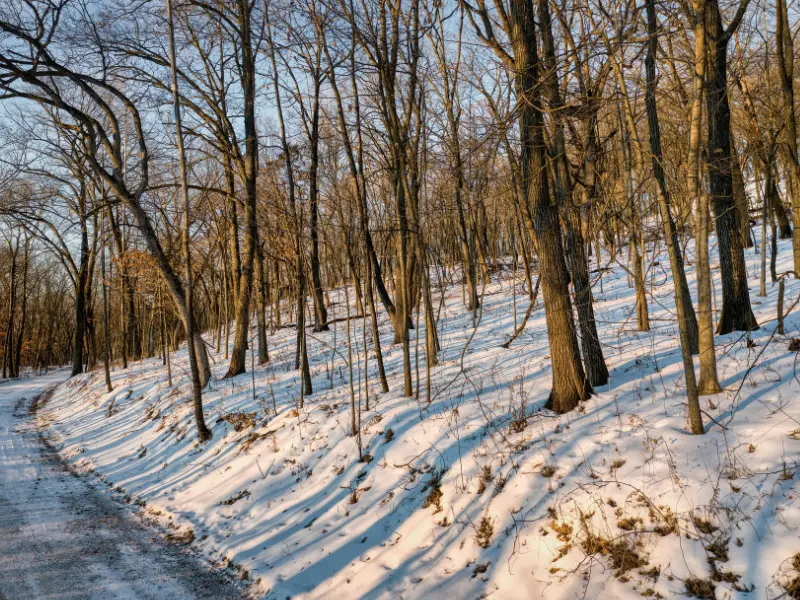
Hawthorn, quince, pear, and serviceberry are at risk of other rust fungi that are similar to cedar-apple rust. Quince rust, sometimes referred to as cedar-quince rust, affects a wide range of hosts and can infect apple, quince, pear, hawthorn, and several closely related plants. Quince rust causes systemic cankers to form on cedar trees. Unless the twig or branch dies, these cankers will continue to grow year after year. The quince rust fungus infects twigs, branches, and sometimes the main stem of cedar trees, causing elongated, swollen perennial cankers. These cankers start to produce teliospores in the spring. Jelly-like masses of yellowish-orange teliospores ooze out of the cankers along the limbs during spring rains, about the time the alternate hosts, including apple trees, are in bloom.
The quince rust fungus spreads its spores from cedars to other hosts. The quince rust fungus moves its spores from cedars to other hosts. In June, many a quince rustly infected apple will fall. Sometimes, quince rust foliage may show signs of its influence.
Among the apple varieties moderately resistant to quince rust are Jonathan, Rome, Ben Davis, and Wealthy. Sadly, Red Delicious is highly susceptible. Control can be achieved by removing either host from the area around the other, just like in cedar-apple rust.
Here are some other pests and diseases that frequently impact Erie trees
1. Gypsy moth
The eastern United States’ most well know tree pest has been the gypsy moth or Lymantria dispar. This insect defoliated a record 12.9 million acres of trees in 1981. They are also known as “spongy moths” because its sponge-like egg mass.
Hungry gypsy moth larvae love to feed on hardwood trees, especially birch, oak, maple, and elm. Trees that experience frequent leaf removal usually suffer stress and become more vulnerable to moth attacks.
Cedar-Apple Gall Prevention Erie
The major thing you’ll notice is defoliation. It could spread to the entire tree or just a few branches. Due to their unique colouring, the gypsy moth may be recognized at each of its four stages.
It lays teardrop-shaped egg masses that are tan to yellowish and can contain up to 400 or 500 eggs at once. They are typically 1 to 1½ inches long and may appear hairy. You can spot them on outdoor furniture, tree trunks, or home siding in the next larvae stage.
2. Scale insects
Scale insects are another common sap-sucking pest that stays on the inner part of your tree’s bark.
Because of their strong shells, scale insects can break twigs and suck sap. In a healthy tree, they can impede growth and, if left untreated, could possibly be fatal. Scale insects produce a sticky excretion that develops a layer of sooty mold. Early spring is when they most frequently attack host trees, including lilac, dogwood, ash, willow, and maple.
How to tell if you have scale insects
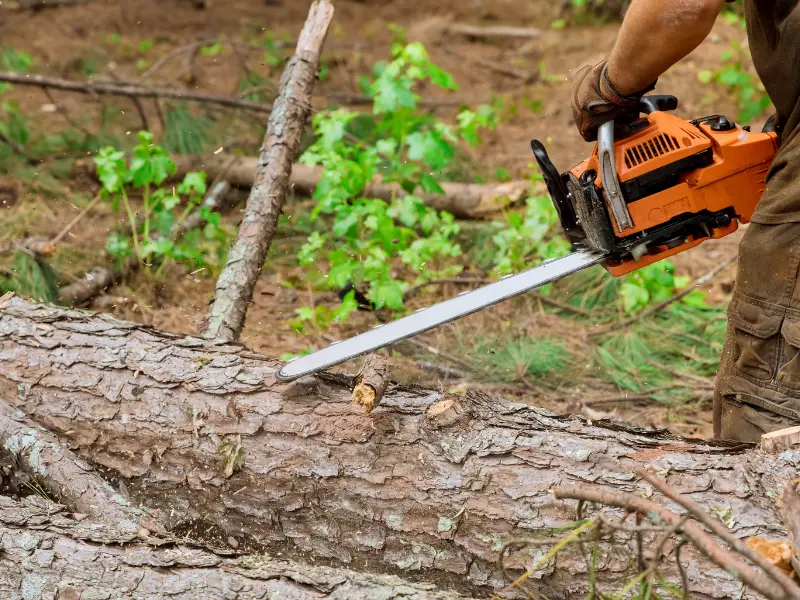
Scale insects are commonly found around twigs, tree branches, fruits, and leaves, and they munch on phloem with their sharp mouthparts. They cause discoloration and limp leaves on your tree as they penetrate or suck through the surface.
Early leaf drops, chlorosis, or yellowing combined with branch dieback and limited growth are indicators of a scale insect infestation.
3. Emerald Ash Borer
Millions of ash trees are killed annually by these pests, but it’s likely that the infestation won’t be discovered for two or more years after the fatal borers have taken up residence in your tree
How the emerald ash borer symptoms can be detected?
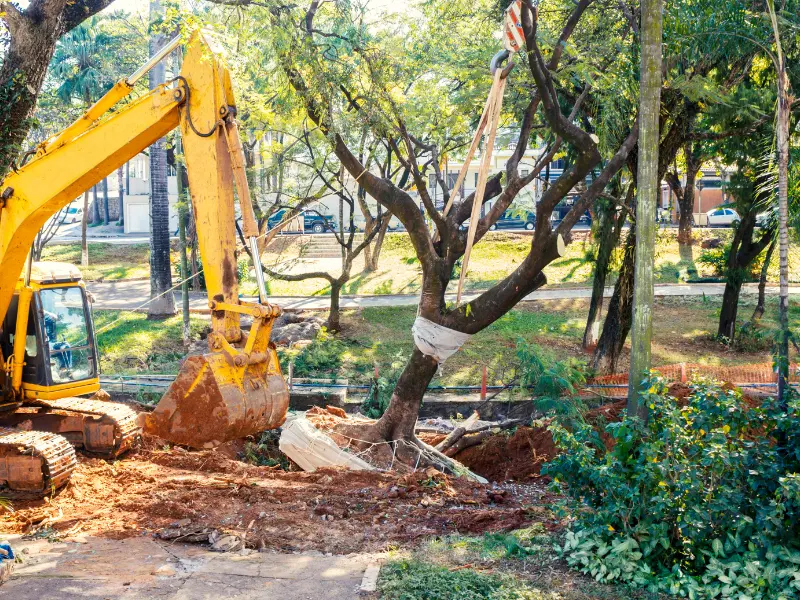
Emerald ash borers are easily identified by the S-shaped feeding tunnels they produce, which are filled with sawdust and frass. You will notice D-shaped holes in the bark when the adult borers emerge from the tree. Again, it is quite difficult to find these holes, which are only ⅛ inches in diameter.
Leaf yellowing is another sign. The presence of emerald ash borers can be verified by a split bark and a large amount of sawdust surrounding the tree. You will also start spotting adult green-colored beetles roaming around, or woodpeckers coming to remove the bark to munch on larvae under it.
4. Spruce budworm
One of the most destructive forest pests is the spruce budworm. They multiply in large numbers, and the larvae have the potential to defoliate an entire tree.
The body of an adult budworm is dull grey with brown bands and dots. The long, cylindrical larvae measure between 18 and 24 mm. Their host trees include white spruce, black spruce, and balsam fir.
How to tell if you have spruce budworm
Spruce budworms are untidy feeders. After biting off the needles surrounding the base, they cover them with a thick layer of silk and hang them. They typically weave two or three shoots together to create a feeding tube. You can spot masses of red-brown, dried needles hanging from branch ends when there’s a budworm infestation.
Other evidence of spruce budworm presence includes an abnormal spread of new twigs, bud destruction, and defoliation on new shoots.
Protect Trees from Galls Erie
Tree pest control solutions
Our Certified Arborists diagnose the problems using the best available resources. The finest treatment alternatives will then be presented to you.
Sometimes, leaving the tree alone is the best course of action. At other times, low-impact chemicals are sprayed or injected into the tree, affected limbs are pruned, or the tree is removed completely.
It’s important to be certain that you know exactly what the issue is before you begin treating your trees because the right treatment depends on the diagnosis.
FAQs
Can a qualified service prevent pests?
We can employ proactive strategies to address issues before they become serious by doing routine site visits to inspect your property.
Whenever feasible, we would rather apply spot treatments than broad-scale spraying. We also use highly effective organic treatments whenever one is available.
There are bugs/insects on my trees. Are they dangerous?
Whether insects or pests pose a threat to your trees depends on a number of factors. The best course of action is to contact our service team at (518) 625-TREE!
When should you treat trees for pests in Erie?
The length of treatment relies on a number of variables, including the tree’s health, level of progress, and whether the right approach is being used.

